Chemical Blog Posts
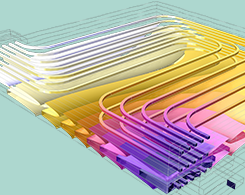
Fueling Up for Autonomous Driving with Optimized Battery Designs
What good are fully autonomous vehicles if they run on fuel? To develop hybrid and electric autonomous vehicles, we need to design efficient and optimized battery management systems.
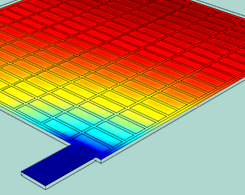
Analyzing the Current Distribution in a Lead-Acid Battery Design
The lead-acid battery in your car is not much different from the original one developed by Gaston Planté in 1859. 1 change is that you can now analyze the current distribution using simulation.
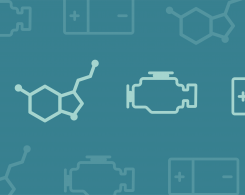
Multiphysics Modeling of Stress Corrosion in Underground Pipelines
Stress corrosion is a phenomenon that causes degradation in underground pipelines. Learn how to use multiphysics modeling to understand and predict its occurrence.

Keynote Video: Moving Beyond Simulation for Biopharma Applications
At Amgen, researchers build simulation applications for biopharmaceutical uses, such as researching biological and synthetic drugs. Learn more in this blog post featuring their keynote talk.
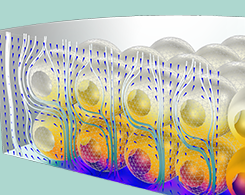
Modeling Adsorption at Surfaces in COMSOL Multiphysics®
What is adsorption? Learn the theory behind this chemical engineering phenomenon as well as how to model the process at surfaces in the COMSOL® software.
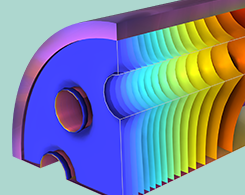
Evaluating the Performance of a Steam Reformer with Simulation
To design a steam reformer for hydrogen production, you need to couple mass, energy, and flow equations. The Chemical Reaction Engineering Module can account for this true multiphysics problem.
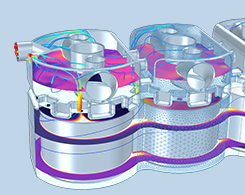
Calculating Thermodynamic Properties for Liquids and Gases
The Chemical Reaction Engineering Module includes a built-in database of over a dozen thermodynamic properties, making it easier to set up your transport and reaction models. Details here.
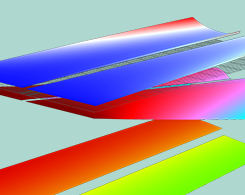
Advancing Vanadium Redox Flow Batteries with Modeling
The chemical energy in vanadium redox flow batteries is contained in liquid electrolytes and stored in external tanks. They can be used to improve grid energy storage and renewable energy.
